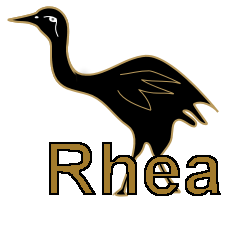A Note on Groups
Groups are an abstractly defined concept used in abstract algebra. An understanding of the basic concepts of groups will enhance one’s understanding of the Galois Group. A general group will first be defined, and then different types of groups will be explained.
Groups make use of an operation, which may be denoted "*". Note that this does not refer to multiplication, but an operation in the abstract.
One may define a group as a set of numbers that fulfill four conditions for an operation *:
1. The use of * between any two numbers within the set must equal another member in the set ( a * b = c)
2. The associative property exists for the operation * for all members of the set
3. There exists a member of the set i called an “identity” such that (a * i = a) or (i * a = 1)
4. Each member of the set has an invertible operation with * such that (a * b = 1) or (b * a = 1)
In addition, there are different types of groups. One such group is the cyclic group: In order to understand a cyclic group, a comparison to modulus would be appropriate. Consider a set containing the numbers 1,2,3,4,5,6. If one were to apply the modulo three to each number, the set would become (1,2,3,1,2,3). Cyclic groups work in a similar way. One may define a cyclic group using an order o by denoting Co. The order tells how many elements exist in one cycle. If one were to define a set,

